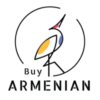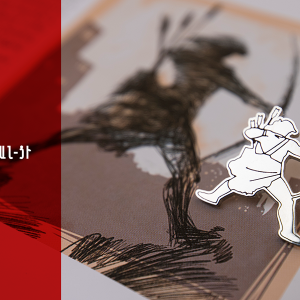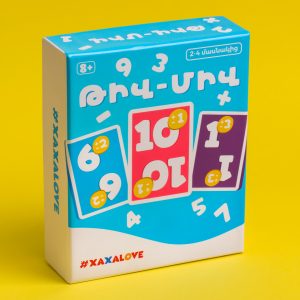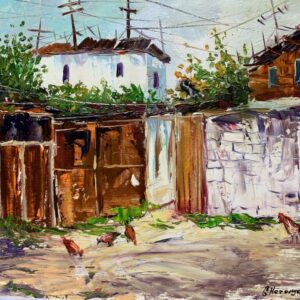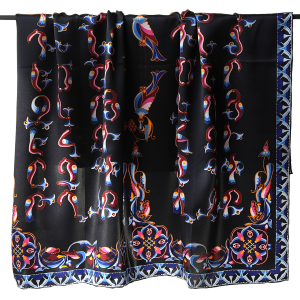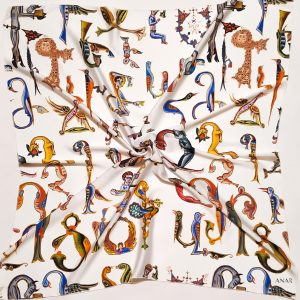-
“Armenian Letter” Pendant
Orders are also accepted, which will be ready in 4-5 days.
The size of the letter: 5 x 5 cm
$28.00“Armenian Letter” Pendant
$28.00 -
“Hayk Nahapet” Monument Pin
” Hayk Nahapet” Monument Pin: Embrace the Legacy of Armenian Courage and Heritage!
$29.99$39.99“Hayk Nahapet” Monument Pin
$29.99$39.99 -
“Moody Octopus” Silk Scarf
“Moody Octopus”
100% Silk Twill
Limited edition
Avoid contact with rain and harsh chemicals
Dry cleaning
Hand-rolled edges$80.00“Moody Octopus” Silk Scarf
$80.00 -
Nail Polish
With unique and permanent formula NE nail lacquer has high density, good coverage and dries fast. The small but very comfortable brush spreads the nail lacquer on the nail surface evenly and does not leave traces. Made with love in Armenia
$1.50Nail Polish
$1.50 -
MP WOOD Hand-drawn Pink Wooden Bag with Armenian Alphabet
Handbag 6 × 16 × 12 cm
$271.99 -
“Ribbon” Blouse
We believe that this summer blouse will become one of your little girls’ favorite ones.
$15.00“Ribbon” Blouse
$15.00 -
Beaded Brooch
Beaded brooch
Gift for her, woman Jewellery Handmade Original accessories.
$30.00 Buy 5 to get 5% discount ( Wholesale: $20.00 )Beaded Brooch
$30.00 Buy 5 to get 5% discount ( Wholesale: $20.00 ) -
“Trchnagir” Alphabet
The Armenian alphabet was created in 405 AD.
One of the greatest marks of the Armenian identity is the Armenian language. The exact origins of the Armenian language, however, are a little bit obscure. Such is the case with many ancient languages. Serious scholarship starting from the 19th century has placed Armenian among the wider family of Indo-European languages, although it forms its own separate branch within that group. So the language does not have any close relatives today, even Indo-European ones, such as Spanish and Portuguese or Russian and Polish might be considered.Armenian is also unique in its writing system. The Armenians use their own alphabet which was, by tradition, created following the studies and meditations of a monk, Mesrop Mashtots, in the early 5th century AD. Christianity had already been accepted as the national religion for a hundred years in Armenia, but the Bible was not yet available in the native language. The tradition goes that the main motivation to come up with a separate Armenian alphabet was in order to translate the Bible in such a way that would be accessible and suitable for the language and the people.
Mesrop Mashtots – who has since been venerated as a saint, as the patron of teaching and learning for Armenians – accomplished the task in the year 405 AD, thus setting the stage for a rich trove of works of religion and history, science and philosophy, illuminated manuscripts, and published books in the millennium and a half that followed, continuing on today. A major road in the capital of Armenia, Yerevan, is named for Mashtots, and one end of it is the apt location for the Matenadaran, the national repository of manuscripts which also functions as a research institute and museum.
$110.00“Trchnagir” Alphabet
$110.00
